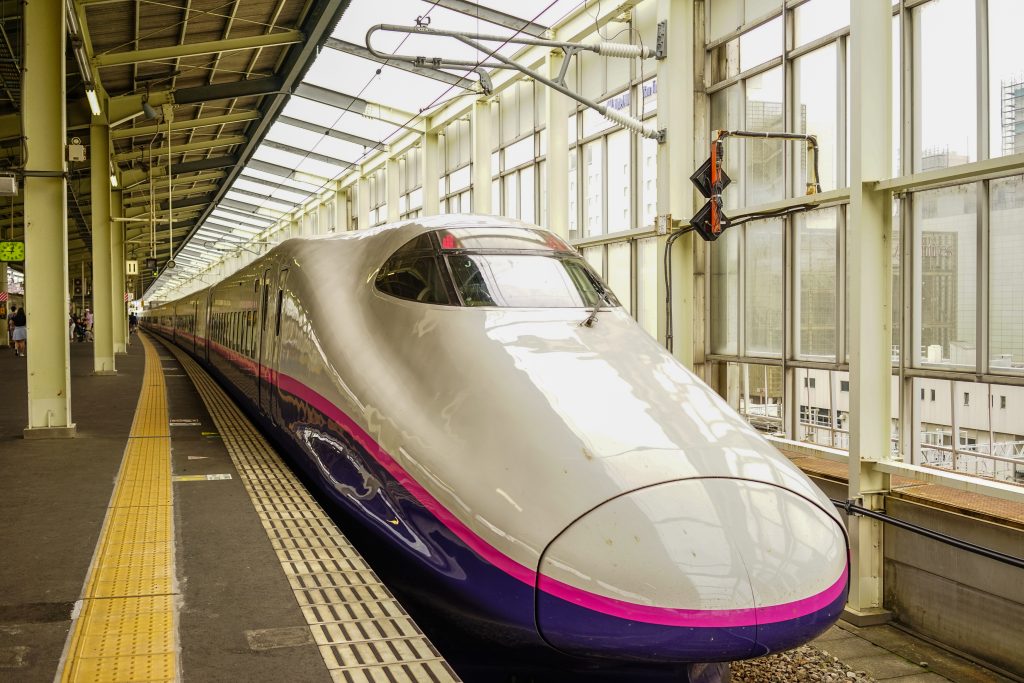
- ARAB NEWS
- 13 Jul 2025

Tokyo: Japan’s railway network has developed into an indispensable part of social infrastructure since the first railroad in the country opened 150 years ago.
In urban areas, many commuters use trains every day, while lines in regions suffering from population declines are struggling to survive due to deteriorating profitability.
Friday marks the 150th anniversary of the opening of Japan’s first rail line, which linked the roughly 29 kilometers between Tokyo’s Shinbashi Station and Yokohama Station in Kanagawa Prefecture, south of Tokyo, on Oct. 14, 1872.
Trains pulled by steam locomotives traveled at an average speed of 33 kilometers per hour, connecting the two terminals in about 50 minutes.
A 2.7-kilometer section near Shinagawa Station in Tokyo was laid on an embankment in the sea because the now-defunct military did not permit local land surveys.
Partial remains of the Takanawa embankment were unearthed during redevelopment work in 2020 and designated a national historic site.
According to a government report on railway transportation statistics for fiscal 2021, the combined length of Japan’s private passenger rail lines, including those of the
Japan Railways Group, stood at around 27,500 kilometers.
Total passengers numbered 18.8 billion in the year to March 2022, while 38.9 million tons of freight were carried by trains.
Since the Tokaido Shinkansen bullet train line opened in 1964, the network of Shinkansen lines has expanded to roughly 3,000 kilometers in total, stretching from the northernmost prefecture of Hokkaido to the Kyushu southwestern region.
The Hayabusa train on the Tohoku Shinkansen Line reaches speeds of up to 320 kilometers per hour, while the Nishi Kyushu Shinkansen Line newly began operations last month.
Meanwhile, many regional lines are in an uphill battle.
The state-owned Japanese National Railways had about 20,000 kilometers of train lines prior to its 1987 breakup and privatization, through which the current JR Group companies were launched. But many lines have since been scrapped due to falling passenger numbers.
According to the transport ministry, 45 regional lines extending about 1,100 kilometers, including ones owned by non-JR companies, have been shut down since 2000.
JR companies have recently released data on the financial conditions of lines with few passengers.
Such lines are at high risk of being scrapped as the COVID-19 pandemic led to a decrease in passengers even on urban routes, which made up for losses on unprofitable routes.
In July this year, a transport ministry panel proposed the creation of a scheme in which railway operators, local municipalities and the central government discuss measures to deal with routes with few passengers, including replacing trains with buses.
Lines with fewer than 1,000 daily users per kilometer on average would be subject to such discussions.
Local residents are expected to oppose moves to close rail lines, however, and it is unclear whether such talks would lead to solutions.
JIJI Press